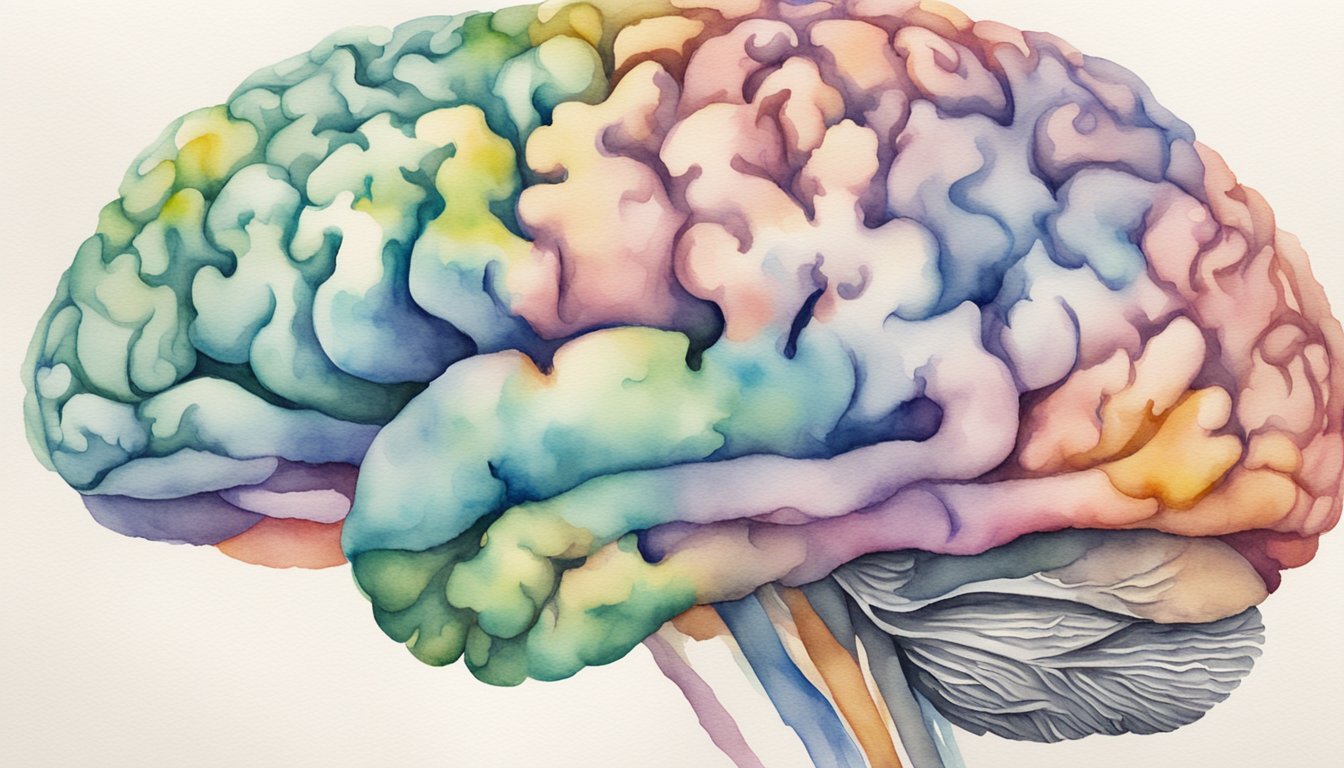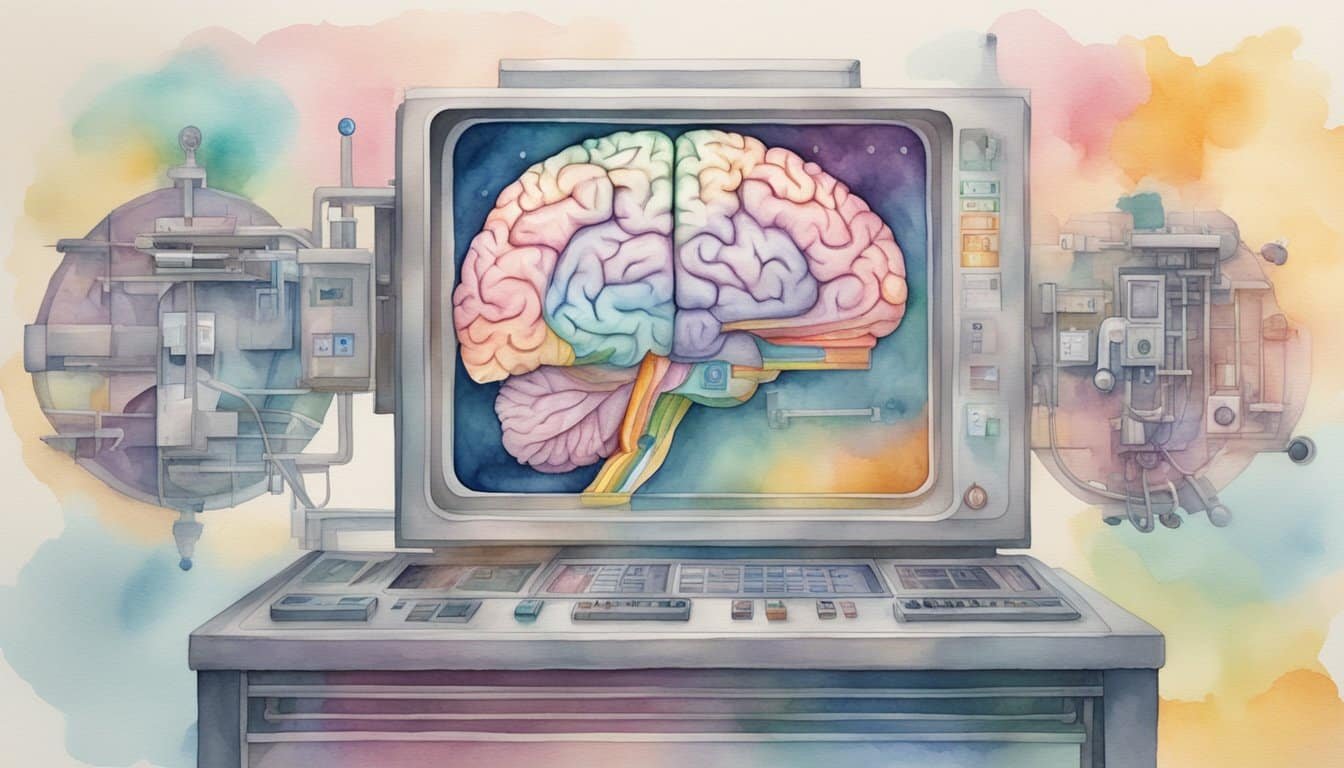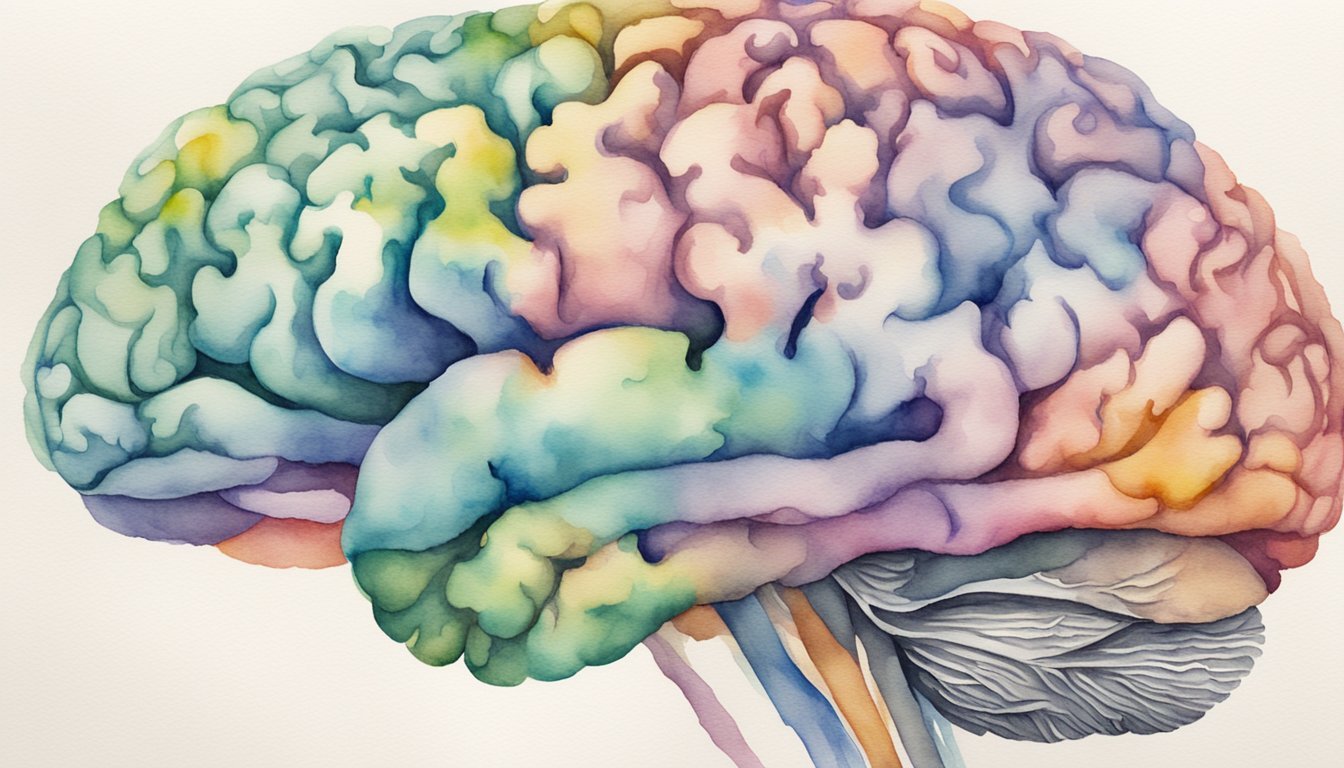Transgender Brain Studies
Studying the brain scans of transgender individuals sheds light on the intricate interplay between gender identity and the brain’s structure and function. These findings not only deepen our understanding of neuroscience but also carry profound implications for the experiences of transgender people.
Science and Objectives of Brain Scans
The ultimate goal of analyzing brain scans in the context of transgender research is to explore the potential relationships between neurological patterns and gender identity. Researchers aim to determine if there are any discernible sex differences in the brains of transgender people compared to those of cisgender individuals. These scans attempt to unpack the complex layers of how gender dysphoria and transgender identity could be reflected in the brain’s structure.
Methodologies in Neuroimaging
Advanced methods such as magnetic resonance imaging (MRI) enable scientists to investigate the brain in high detail. In studying transgender individuals, particular attention is given to brain structures like white matter and gray matter. The image acquisition process captures the intricate details of these areas, and preprocessing techniques refine the images for analysis. Machine learning algorithms can further enhance the understanding of volumetric and cortical thickness differences within the brain.
Transgender Identity and Brain Structure
Investigations into the neuroanatomy of transgender persons on cross-sex hormone therapy reveal that notable changes occur in several brain regions. For instance, studies have demonstrated alterations in brain volume and white matter microstructure before and after hormone therapy. These studies suggest that hormonal treatment may play a role in aligning brain structure with experienced gender.
By studying MRI scans of transgender men, researchers observed changes in brain morphology, perhaps indicating a shift toward a structure more common in cisgender men, as noted in a study published in Cerebral Cortex. Similarly, the influence of sex hormones on brain GABA and glutamate levels has significant implications for our understanding of transgender neuroscience, linking hormonal influences to brain function and development, as explored in research found in ScienceDirect.
Biological Aspects of Gender Identity

Exploring the brain’s intricacies sheds light on how sex and gender identity may be reflected in its structure and function. Let’s dive into the fascinating realm of the brain’s role in gender identity.
Sexual Differentiation and the Brain
The brain undergoes a sexual differentiation process influenced by sex hormones. In particular, areas such as the hypothalamus and the insula have shown variations between males and females. These structures are crucial in the understanding of experienced gender and the biological basis of transgender identity.
Hormone Therapy and Brain Changes
Hormone therapy, which is often sought by transgender people, can lead to significant changes in brain function and structure. This treatment adapts the brain’s processing and functional connectivity to more closely align with their experienced gender, which can be seen in studies utilizing functional magnetic resonance imaging.
Comparative Studies on Male and Female Brains
Comparative studies often use a sex classifier to distinguish between male and female brain patterns. However, when examining transgender individuals, these classifiers may struggle, as their brain patterns can vary significantly. By comparing male and female brains before and after the transition, researchers can further investigate the neurological basis of gender identity.
Psychosocial Implications and Support

In exploring the challenges faced by transgender individuals, acknowledging the intertwining of mental health and societal interactions unlocks a deeper understanding of their experiences. Central to this is the recognition that support mechanisms and treatment options tailored to their unique needs greatly enhance overall well-being.
Mental Health and Support Needs
Transgender people often experience a condition known as gender dysphoria, characterized by distress arising from a discrepancy between their gender identity and sex assigned at birth. This incongruence can manifest in significant mental health challenges, such as heightened levels of depression and anxiety. To support the mental health of transgender individuals, an array of treatments, including psychotherapy and gender-affirming therapies, have shown promise in improving quality of life. Studies like “Transgender research in the 21st century” underscore the necessity for psychological support to address the complexities of gender dysphoria.
Gender Transition and Society
One of the pivotal aspects of support for transgender people is addressing their journey through gender transition. The process often includes social, legal, and medical steps to align one’s external presentation with their perceived gender. It isn’t merely a personal transition; it engages the entire fabric of society. Acceptance and recognition by society play a fundamental role in the lives of transgender individuals, including nonbinary and transsexual persons. The article “The neuroanatomy of transgender identity” provides insights into how brain structure may correlate with gender identity, yet it also illustrates the need for informed consent and societal support throughout the transition process. For transgender adolescents, this support is particularly critical as they navigate their developing sense of self in a social context.

